Why compost harmful to plants
 Bashny.Net
Bashny.Net
We are all residents of large cities, and the humble inhabitants of distant villages — a long time know what prevention. Not quite understand what was going on, but since school biology lessons we remember Jenner, whose experiments helped people to get rid of smallpox. It is important that no one is waiting, when people get sick — we warn of the occurrence of the disease.
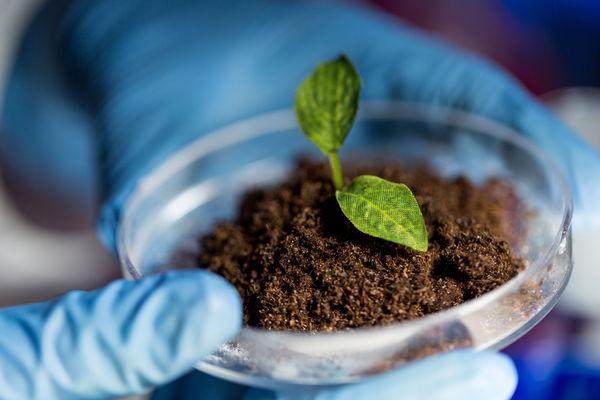
Surprisingly, but for our own garden, none of the vacationers preventive measures are not taken! Not only deals with the prevention of plant diseases, but he himself, with his own hands exacerbates the problem.
Where disorders live in nature, Let's open any reference book on plant protection. For example, the book by V. N. Korchagin "Protection of plants from pests and diseases in the garden".
That's what is written about kilou cabbage. This fungal disease; pathogen apartment — roots, with them he enters into the soil. Because you need each year to grow cabbage in a new place and at least four years not to return culture to the old, already used. And not only cabbage, but turnip, radish, rutabaga, and even the weeds of the cabbage family (e.g. arugula, and a shepherd's bag which is very trying to get from the fields to the garden), and garnet, who is a gardener to delight the eyes he grows in the flowerbed... And what other diseases?
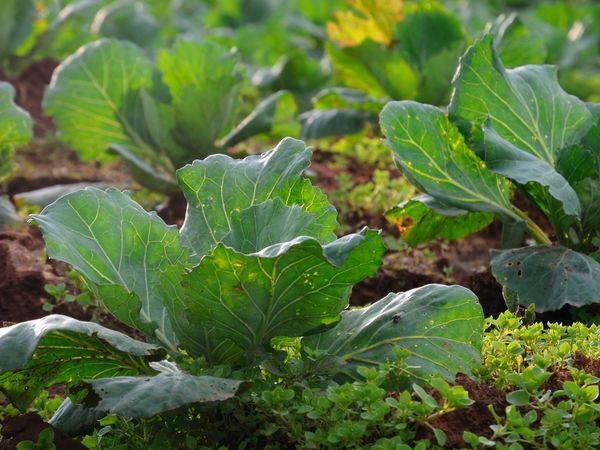
Also fungal disease. Also the causative agent is stored in the soil and on plant residues.
This disease is bacterial, but plant residues help the pathogen to persist in soil.
So, the main idea: the pathogen persists in the soil and on plant debris.
Microscope for every gardener!Among gardeners, the professional agronomists who have received higher vocational education. They are able to see the very beginning of the development of the disease.
And there's a station for plant protection, there is also working professionals. Yes, workers in greenhouses probably have microscopes, with which they are able to quickly identify the problem.
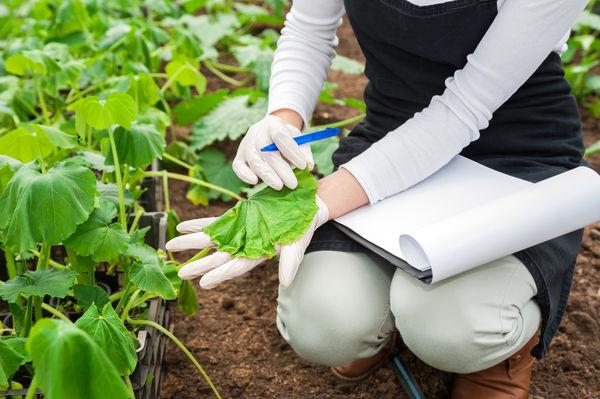
Did the grower-cottager removes all of the flower beds bushes asters in the midst of flowering just because of last night leaves a bit wilted? No, not removes. Just watering profusely, believing that a hot day was too difficult for favorite colors.
Gardener-a lover of academic knowledge has not, does not own a microscope. Because he finds out about the problem when she's already drawn too clearly, when preventive measures are not necessary. With regard to astr — when Fusarium wilt quite ruin the plant. Here and remove from the beds of sick bushes.
It would not matter. The trouble is that diseased plants into the compost. No one specifically infected plant residues in compost box not puts. Put those stems that look healthy — so it seems at first glance. Lack of knowledge makes it impossible to separate the diseased plants from the not yet sick, but contagious.
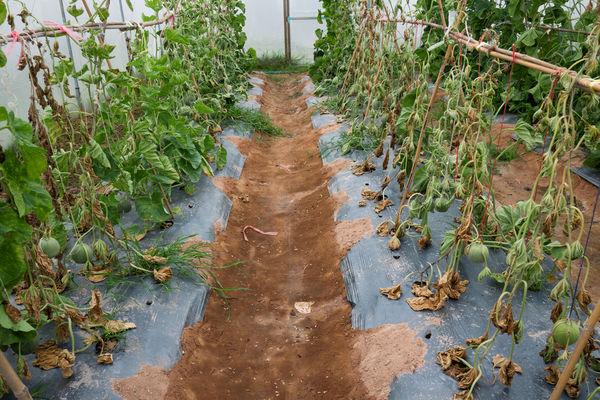
That's the reason for getting into the compost pile of diseased plants. Ache is not only tomatoes and cabbage. The infection is stored in the soil, in nature.
And sometimes, considering that the temperature in the compost heap so big that it can destroy all life, gardeners still send diseased plants for disposal in the box of future fertilizer.
One big almost zicatela vicious warrior of seedlings – black leg. It shows that compost is the real source of infection at the site.
In one of the rooms of the magazine "My lovely dacha" printed a letter of ogrodnicy, which shares his experience in growing seedlings of tomatoes. It all starts with the preparation of the soil. In paints told about the compost bin, making compost, about boxes, about the grooves in the substrate, the manganese – all the well-known technology.
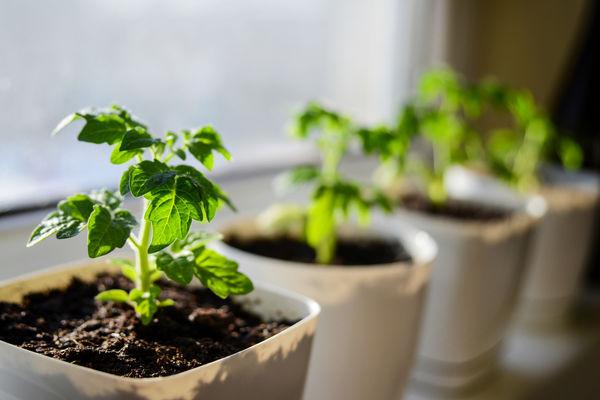
It would seem, here it is! The seedlings will be healthy. An no! Then begins a Thriller about the black leg. And again the familiar methods: drying of the soil, limiting irrigation, the addition of dry earth or sand, dusting ash, loosening... Everything! Seedlings saved!
What That even a well prepared compost is not a guarantee of sterility, absence of pathogens. The compost was made without taking into account preventive techniques!
And like the seedling is saved. But each of the seedlings died the first real — most important — the roots, the main root. New coreshack rises above old, in the ground, which made the filling. And all the complex gave a decrease in yield and increase time to care for the plantings.
What in nature?The nature of the compost pile is not satisfied, compost bins do not build. It has no hammer and nails. Each plant after the end of the life cycle decumbent and disappears in the same place where it grew. Roots hold the plant in place — only the tumbleweed is able to fly in the wind and on the field.

Except that the seeds and leaves hurricane in a bunch shot down. So large is this pile? Small. And all pathogens of plants remain distributed over the surface, where starting new processes, able to destroy the infection.
Nature is in no hurry to sharply raise the temperature in the layer of fallen leaves and broken branches lying around. One farmer did not burn the feet, walking barefoot under the trees in his garden. Nature more pests pests disposed of. She has soil inhabitants that will eat almost all that remains of the living plants. Not quite all, the nature of sterility is not necessary.
Balance, or as balanopaceae nature not destroying every single one (and the types and quantities) of pathogens, and along with various pests?
This is for the gardener these organisms are pests and parasites. For nature they are — beloved children, because thanks to them is the formation of the soil, the destruction of the once living tissues of plants, the formation of nutrients, removal of trace elements from the depths to the surface.
In nature there is a balance between life and death. Better to call it a state of balance. That is, nature gives the right plants to live, and gives residents the right soil and plant residues to be disposed of. Otherwise, instead of our forests and meadows would be a huge pile of rot indestructible.
What do the gardener?To help nature! So run your farm, to soil inhabitants were many. Let subtilis lives in contentment, because it is fed by the fact that the gardener brings harm. To use natural, real humic acid. Not humates!
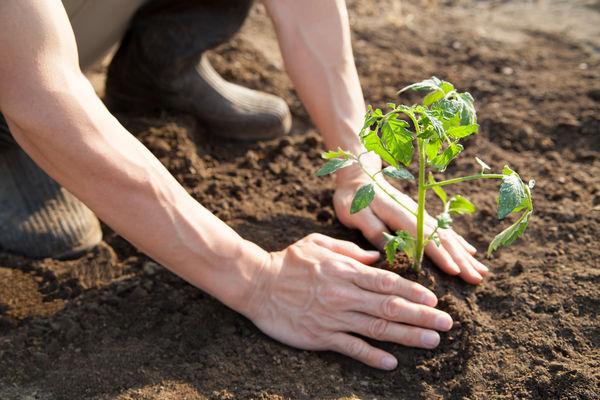
Do not compost, do not create the burning dung heaps, not to use mineral fertilizers — that is, not to do all the things that do not exist. Not to dig, not to uproot the weeds when weeding, not to rake up garden debris in a pile and burn it. To prepare the ground for seedlings and seeds, as it occurs in nature!
This is prevention!
published
Source: www.7dach.ru

Surprisingly, but for our own garden, none of the vacationers preventive measures are not taken! Not only deals with the prevention of plant diseases, but he himself, with his own hands exacerbates the problem.
Where disorders live in nature, Let's open any reference book on plant protection. For example, the book by V. N. Korchagin "Protection of plants from pests and diseases in the garden".
That's what is written about kilou cabbage. This fungal disease; pathogen apartment — roots, with them he enters into the soil. Because you need each year to grow cabbage in a new place and at least four years not to return culture to the old, already used. And not only cabbage, but turnip, radish, rutabaga, and even the weeds of the cabbage family (e.g. arugula, and a shepherd's bag which is very trying to get from the fields to the garden), and garnet, who is a gardener to delight the eyes he grows in the flowerbed... And what other diseases?

Also fungal disease. Also the causative agent is stored in the soil and on plant residues.
- The downy mildewor downy mildew
This disease is bacterial, but plant residues help the pathogen to persist in soil.
So, the main idea: the pathogen persists in the soil and on plant debris.
Microscope for every gardener!Among gardeners, the professional agronomists who have received higher vocational education. They are able to see the very beginning of the development of the disease.
And there's a station for plant protection, there is also working professionals. Yes, workers in greenhouses probably have microscopes, with which they are able to quickly identify the problem.

Did the grower-cottager removes all of the flower beds bushes asters in the midst of flowering just because of last night leaves a bit wilted? No, not removes. Just watering profusely, believing that a hot day was too difficult for favorite colors.
Gardener-a lover of academic knowledge has not, does not own a microscope. Because he finds out about the problem when she's already drawn too clearly, when preventive measures are not necessary. With regard to astr — when Fusarium wilt quite ruin the plant. Here and remove from the beds of sick bushes.
It would not matter. The trouble is that diseased plants into the compost. No one specifically infected plant residues in compost box not puts. Put those stems that look healthy — so it seems at first glance. Lack of knowledge makes it impossible to separate the diseased plants from the not yet sick, but contagious.

That's the reason for getting into the compost pile of diseased plants. Ache is not only tomatoes and cabbage. The infection is stored in the soil, in nature.
And sometimes, considering that the temperature in the compost heap so big that it can destroy all life, gardeners still send diseased plants for disposal in the box of future fertilizer.
One big almost zicatela vicious warrior of seedlings – black leg. It shows that compost is the real source of infection at the site.
In one of the rooms of the magazine "My lovely dacha" printed a letter of ogrodnicy, which shares his experience in growing seedlings of tomatoes. It all starts with the preparation of the soil. In paints told about the compost bin, making compost, about boxes, about the grooves in the substrate, the manganese – all the well-known technology.

It would seem, here it is! The seedlings will be healthy. An no! Then begins a Thriller about the black leg. And again the familiar methods: drying of the soil, limiting irrigation, the addition of dry earth or sand, dusting ash, loosening... Everything! Seedlings saved!
What That even a well prepared compost is not a guarantee of sterility, absence of pathogens. The compost was made without taking into account preventive techniques!
And like the seedling is saved. But each of the seedlings died the first real — most important — the roots, the main root. New coreshack rises above old, in the ground, which made the filling. And all the complex gave a decrease in yield and increase time to care for the plantings.
What in nature?The nature of the compost pile is not satisfied, compost bins do not build. It has no hammer and nails. Each plant after the end of the life cycle decumbent and disappears in the same place where it grew. Roots hold the plant in place — only the tumbleweed is able to fly in the wind and on the field.

Except that the seeds and leaves hurricane in a bunch shot down. So large is this pile? Small. And all pathogens of plants remain distributed over the surface, where starting new processes, able to destroy the infection.
Nature is in no hurry to sharply raise the temperature in the layer of fallen leaves and broken branches lying around. One farmer did not burn the feet, walking barefoot under the trees in his garden. Nature more pests pests disposed of. She has soil inhabitants that will eat almost all that remains of the living plants. Not quite all, the nature of sterility is not necessary.
Balance, or as balanopaceae nature not destroying every single one (and the types and quantities) of pathogens, and along with various pests?
This is for the gardener these organisms are pests and parasites. For nature they are — beloved children, because thanks to them is the formation of the soil, the destruction of the once living tissues of plants, the formation of nutrients, removal of trace elements from the depths to the surface.
In nature there is a balance between life and death. Better to call it a state of balance. That is, nature gives the right plants to live, and gives residents the right soil and plant residues to be disposed of. Otherwise, instead of our forests and meadows would be a huge pile of rot indestructible.
What do the gardener?To help nature! So run your farm, to soil inhabitants were many. Let subtilis lives in contentment, because it is fed by the fact that the gardener brings harm. To use natural, real humic acid. Not humates!

Do not compost, do not create the burning dung heaps, not to use mineral fertilizers — that is, not to do all the things that do not exist. Not to dig, not to uproot the weeds when weeding, not to rake up garden debris in a pile and burn it. To prepare the ground for seedlings and seeds, as it occurs in nature!
This is prevention!
published
Source: www.7dach.ru
Tags
See also
How to equip a children's garden
The concept of Re-Feed - home composter for plants
How to choose a good water filter at the cottage: a comparative review units
20+ original use of plastic bottles in the country
Eggshell is a great fertilizer for plants
Miracle cure for the growth and luxury of flowering of your plants
Lamps supplementary lighting for plants
How sugar destroys your liver and brain
Learn how to drink soda and water for health

















